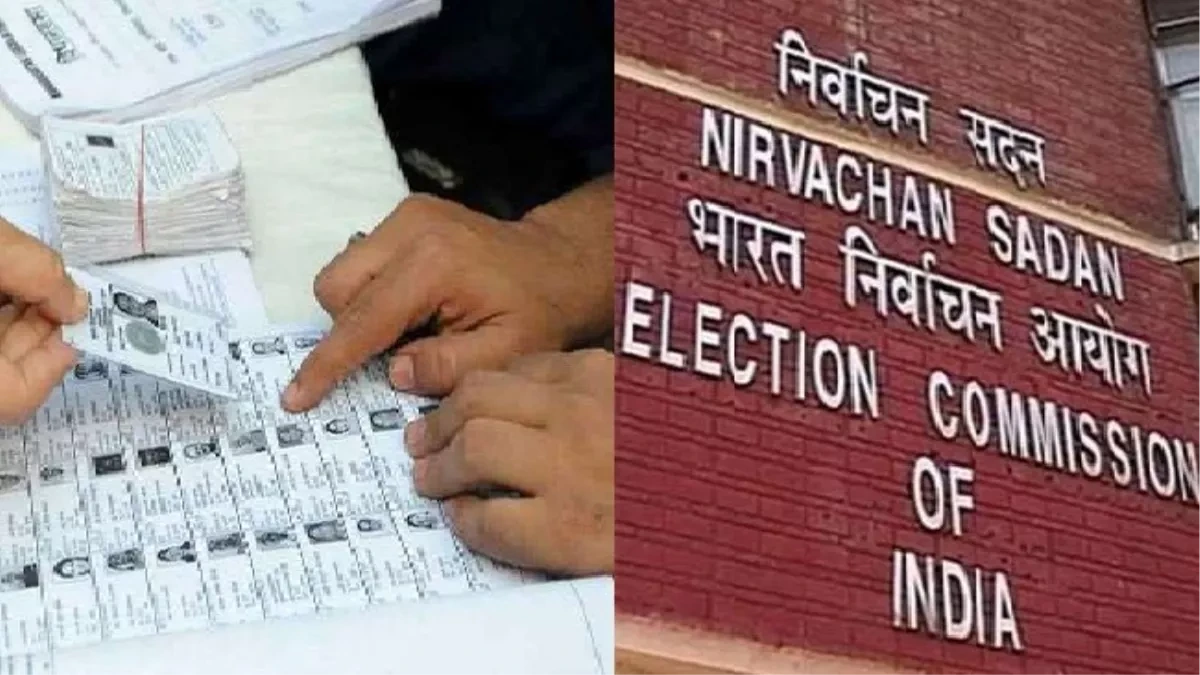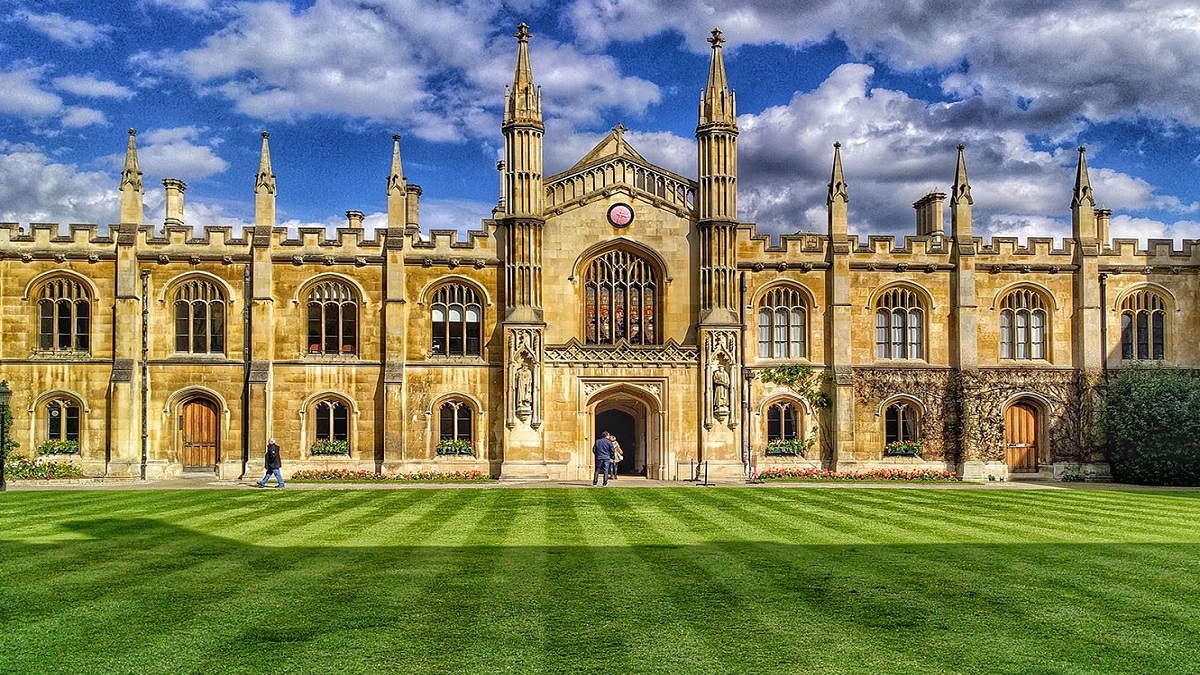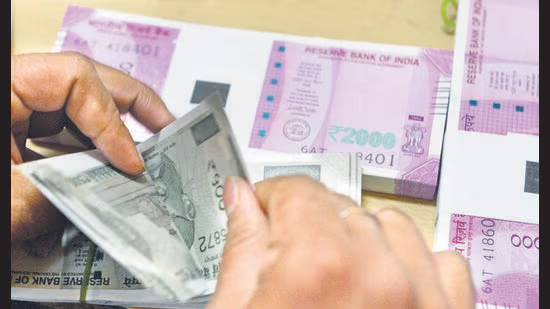- Courses
- GS Full Course 1 Year
- GS Full Course 2 Year
- GS Full Course 3 Year
- GS Full Course Till Selection
- Answer Alpha: Mains 2025 Mentorship
- MEP (Mains Enrichment Programme) Data, Facts
- Essay Target – 150+ Marks
- Online Program
- GS Recorded Course
- Polity
- Geography
- Economy
- Ancient, Medieval and Art & Culture AMAC
- Modern India, Post Independence & World History
- Environment
- Governance
- Science & Technology
- International Relations and Internal Security
- Disaster Management
- Ethics
- NCERT Current Affairs
- Indian Society and Social Issue
- NCERT- Science and Technology
- NCERT - Geography
- NCERT - Ancient History
- NCERT- World History
- NCERT Modern History
- CSAT
- 5 LAYERED ARJUNA Mentorship
- Public Administration Optional
- ABOUT US
- OUR TOPPERS
- TEST SERIES
- FREE STUDY MATERIAL
- VIDEOS
- CONTACT US
Bone Ossification Test and Its Legal Implications
Bone Ossification Test and Its Legal Implications
- In Oct 2024, an accused in the murder case of former Maharashtra MLA Baba Siddique claimed to be 17 years old.
- This raised a legal question about his age, as the Mumbai Police cited an Aadhaar card showing he was 19.
- To resolve this, the court ordered a bone ossification test, conducted at J J Hospital, which confirmed that the accused, Dharmaraj Kashyap, was not a minor.
What is a Bone Ossification Test?
- Ossification is the natural process where bones form, starting from the fetus and continuing into late adolescence.
- The bone ossification test involves taking X-rays of specific bones, especially in the hands and wrists, to assess bone growth.
- The X-ray images are compared with standard images of bone development to estimate a person’s age.
- Methodology: The test focuses on the growth stages of various bones in the hands and wrists.
- A scoring system may be used to evaluate how mature these bones are compared to a population standard.
Types of Bone Ossification: There are 2 primary types of ossification, or bone formation:
1. Intramembranous Ossification:
- How It Works: This process turns a type of tissue called mesenchyme directly into bone. Special cells called osteoblasts build the bone by creating a framework of fibers and minerals.
- Bones Made: This method mostly creates flat bones, like those in the skull and collarbone.
2. Endochondral Ossification:
- How It Works: This process starts with cartilage, which is a softer tissue. Osteoblasts come in and replace the cartilage with bone.
- Bones Made: This method forms most of the long bones in the body, such as the thigh bone (femur) and the upper arm bone (humerus).
Visual representation of both processes:

Key Differences:
|
Feature |
Intramembranous Ossification |
Endochondral Ossification |
|
Starting material |
Mesenchymal tissue |
Hyaline cartilage |
|
Process |
Direct conversion of mesenchymal tissue to bone |
Replacement of cartilage with bone |
|
Resulting bones |
Flat bones (e.g., skull, clavicle) |
Long bones (e.g., femur, tibia) |
|
Timeframe |
Relatively rapid |
Slower, occurs over a longer period |
Other Methods for estimating age in humans that do not involve ossification:
1. Dental Development
- Tooth Eruption: The timing of when specific teeth emerge can help estimate age, especially in children.
- Tooth Wear: The degree of wear on teeth can provide clues about age, as wear patterns change over time.
2. Radiographic Methods
- Dental X-rays: These can show the development of teeth and jaw structures.
- Other X-rays: General bone X-rays can help assess age-related changes in bone structure.
3. Physical Development: Tracking growth spurts in height and weight can indicate age, particularly in children and adolescents.
4. Histological Analysis: Examining tissue samples under a microscope can reveal age-related changes in bone and other tissues.
5. Biochemical Markers:
- Blood Tests: Certain biomarkers in blood can correlate with age, such as levels of specific proteins or hormones.
- Telomere Length: Measuring the length of telomeres (protective caps on DNA) can provide insights into biological age.
6. Dental Cementum Analysis: Analyzing the layers of cementum on teeth can help estimate age, as cementum forms in layers throughout life.
Importance of Age Determination in Criminal Justice:
- In India, people under 18 years are considered minors and are protected under the Juvenile Justice (Care and Protection of Children) Act, 2015.
- Minors are treated differently in the legal system, with a focus on rehabilitation instead of punishment.
- Instead of adult courts, minors appear before a Juvenile Justice Board (JJB), which can recommend options like community service or placement in a special home.
Legal Framework Post-2021 Amendment:
- The 2021 amendment to the J J Act requires that for children over 16 accused of serious crimes, an initial assessment of their ability to understand their actions is needed to decide if they should be tried as adults.
Court's Stance on Bone Ossification Test
- Under Section 94 of the J J Act, if it is clear that someone looks like a minor, the JJB can proceed without age confirmation.
- However, if there are doubts, an age determination must be done.
- Acceptable evidence for age includes:
- School certificates
- Birth certificates from local authorities
- If no documents are available, an ossification test may be done, but only as a last option.
Judicial Observations
- Courts have said that ossification tests should not replace existing documents that prove age.
- The Supreme Court has said that ossification tests should be the last method used after trying other ways to confirm age.
Reliability of Bone Ossification Tests
- The accuracy of ossification tests can be influenced by how different people mature.
- Tests usually provide an age range (e.g., 17-19 years), and courts have to decide how to interpret these ranges.
- For example, the Delhi High Court ruled that in cases under the POCSO Act, the upper limit of the age range should be used, along with a two-year margin of error.
Conclusion
The recent use of a bone ossification test in the Baba Siddique murder case highlights the challenges of determining age in the legal system. While these tests provide useful information, their reliability can vary, making it important for courts to consider scientific findings alongside existing documents. As laws change, courts must find a balance between scientific results and legal principles to ensure fair treatment for everyone in the justice system.
Must Check: Best IAS Coaching In Delhi
UPSC Prelims Result 2024 Out: Expected Cut Off & Other Details, UPSC Prelims 2024 Answer with Explanation, Daily Prelims Quiz, Daily Current Affairs, MONTHLY CURRENT AFFAIRS TOTAL (CAT) MAGAZINE, Best IAS Coaching Institute in Karol Bagh, Best IAS Coaching Institute in Delhi, Daily Mains Question Answer Practice, ENSURE IAS UPSC Toppers, UPSC Toppers Marksheet, Previous Year Interview Questions, UPSC Syllabus




